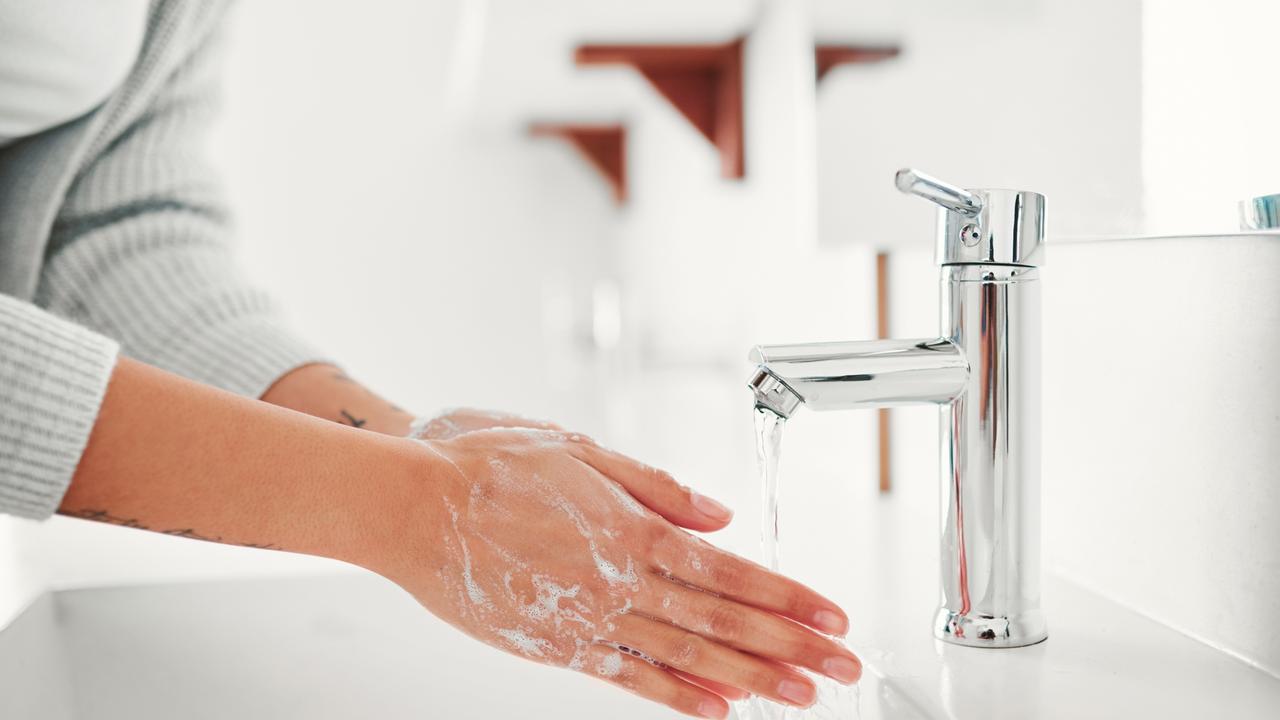How to wash your hands properly to stop coronavirus spread
As coronavirus fears continue, we’re told washing our hands is one of the best ways to stop its spread. But loads of us are doing all wrong.

As fears over the spread of the coronavirus continue, health experts are telling us that washing our hands is an essential step we should take to do our part.
While we’ve all (hopefully) been washing our hands over the years, it’s very likely that many of us haven’t been doing it properly.
It’s particularly important to teach children how to wash their hands properly because, although they haven’t been hardest hit by the coronavirus, they are major germ carriers.
Here’s the how and when you should be scrubbing up, according to the Centres for Disease Control and Prevention (CDC):
WHEN YOU SHOULD WASH YOUR HANDS
Clean hands can stop germs from spreading from one person to another and throughout an entire community – from your home and workplace to childcare facilities and hospitals.
But before we get into the nitty gritty, it’s important to know when the right time is to wash our hands, because we can’t be scrubbing up 24/7.
These are the best times to get the soap out.
• Before, during and after preparing food
• Before eating food
• Before and after caring for someone at home who is sick
• Before and after treating a cut or wound
• After using the toilet
• After changing nappies or cleaning up a child who has used the toilet
• After blowing your nose, coughing or sneezing
• After touching an animal, animal feed or animal waste
• After handling pet food or pet treats
• After touching or taking out the rubbish
RELATED: Follow all our coronavirus coverage

FIVE EASY STEPS
Once you’ve found yourself a functioning tap and some soap, there are just five easy steps you should remember.
1. Wet your hands with clean, running water (warm or cold), turn off the tap, and apply soap.
2. Lather your hands by rubbing them together with the soap. Lather the backs of your hands, between your fingers, and under your nails.
3. Scrub your hands for at least 20 seconds. Need a timer? Hum the “Happy Birthday” song from beginning to end twice.
4. Rinse your hands well under clean, running water.
5. Dry your hands using a clean towel or air dry them.
WHAT’S THE GO WITH HAND SANITISER?
Washing hands with soap and water is the best way to get rid of germs in most situations.
However, if you don’t have access to a tap and soap, you can use an alcohol-based hand sanitiser that contains at least 60 per cent alcohol.
You can tell if the sanitiser contains at least 60 per cent alcohol by looking at the product label.
However, it’s important to note sanitisers do not get rid of all types of germs and they may not be as effective when hands are visibly dirty or greasy.
RELATED: What’s better hand sanitiser or soap?

Here’s how to use it properly.
• Apply the gel product to the palm of one hand (read the label to find out the correct amount).
• Rub your hands together.
• Rub the gel over all the surfaces of your hands and fingers until your hands are dry. This should take around 20 seconds.




